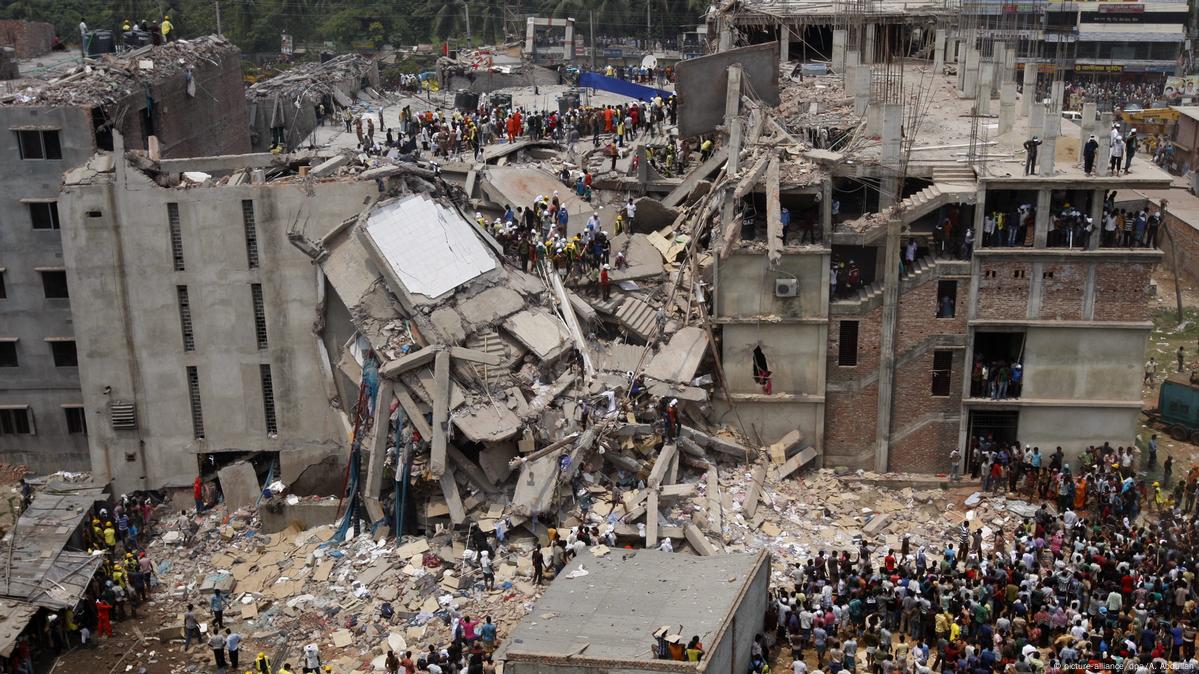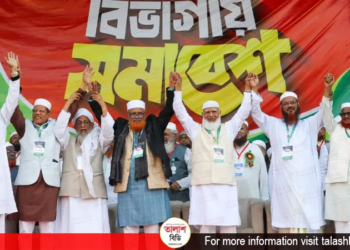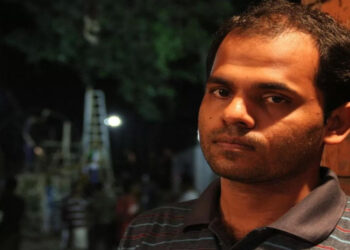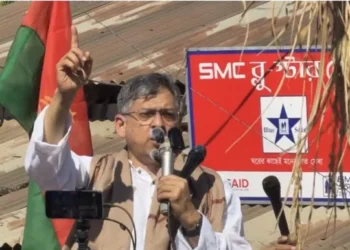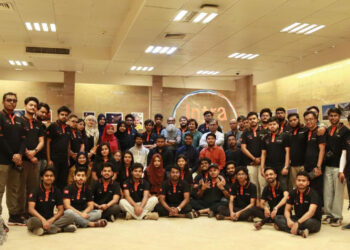The day when Rana Plaza building collapsed
April 24, 2013, was a bad day for the people of Bangladesh and consumers globally. This was a day when a massive building known as Rana Plaza suddenly collapsed, adjacent to the city of Dhaka in Bangladesh. The building had a couple of factories within where workers stitched clothing.
This was not just a problem with the building, as it also revealed how cheap clothing takes priority over ensuring workers’ safety. When this building collapsed, thousands of workers inside were trapped among all the debris that had fallen off. What followed was tragic and made people question how clothes that we wear are produced.
Bangladesh Makes Apparel: Good for the Country, Sometimes Not So Good for Its Workers
Bangladesh is one of the largest countries that manufacture clothes to sell to other places. It gives employment to numerous people, mostly women, in these factories. It helps to make Bangladesh rich and gives employment to individuals.
But sometimes these workers don’t get paid much, and they have to work at unsafe factories. This is because the stores selling us shirts need it to be very cheap. So, these factories try to save as much as they can in every possible manner, even at their own expense.
What Workers Experienced: Bad Omens and Labor in Harm’s Way
There were some workers before Rana Plaza’s building collapsed that had a feeling that something was not right. There were these cracks on walls, and they didn’t feel safe in such a building. The authorities told them they should still go to work.
There were some workers that reported that they were told they would not get their compensation unless they reported to work despite this fear. This means punctual production of garments was more important than ensuring that workers producing them were safe.
Why Did It Fall Down: A Lot Went Wrong
When people attempted to determine why Rana Plaza collapsed, they realized that all was not right with the building. They had built it on a foundation that was not strong enough.
They had added more floors to the building than it was capable of holding. The materials they used for its construction were bad, and it had heavy machinery inside that made the building vibrate. These and other factors made the building weak and made it collapse.
What The Experts Say: Issues of High Importance in the Apparel Sector
Experts in garments making reveal that Rana Plaza collapsed because there were serious problems in garments business in Bangladesh. There were few laws for protecting workers, and in other instances, individuals didn’t follow laws available. The retailers’ buyers required them at very cheap prices, and this forced them to reduce expenditure by failing to make sure there was proper safety in workplaces’ environments.
So Many Hurt: Grief and Loss for So Many Families
When it fell, Rana Plaza claimed thousands of lives more than one thousand. There were thousands more who were injured, some badly enough that they would never again have employment.
This was a terrible thing for these people’s families and for the country as a whole. The people everywhere in the world were shocked and started looking more attentively at where their clothing is made and how its workers are treated.
What Went On Afterwards: Trying to Fix Relationships
After the tragedy, people and organizations across the world proclaimed that something had to be changed to provide better protection to workers in the garments industry in Bangladesh. Retailers that bought clothes from Bangladesh were forced to make factories that they subcontracted out safe. Organizations were formed to visit factories and help them become safe for workers.
Read More: Poverty in Bangladesh: World Bank Warns of 3 Million More Falling Below the Poverty Line in 2025
Inspecting Factories: The Accord and The Alliance
There were two organizations created to help make factories in Bangladesh safe. One was the Accord, and it was made up primarily of worker organizations and retailers from Europe. The group made a pledge that factories they used would have experts conduct them to make sure that they were safe.
If there was something wrong, then factories would have to fix it. The other group was the Alliance, and it was made up primarily of retailers from America. The group basically did the same thing as this group, trying to get factories that they used to become safe for workers.
Getting Safer? Some Improvements But Still Issues
Thanks to actions by the Accord and Alliance, most factories in Bangladesh are now safer. They have fixed safety concerns regarding fires and built the structures more robust. However, there are still some factories that are not as safe as they should be.
In addition, some people say that workers still don’t get enough compensation and don’t have enough say over what they do on the job. The need for making cheap clothing still exists, and this sometimes makes it difficult to keep workers safe.
The survivors: Their Hard Experiences After The Fall
For survivors of Rana Plaza building collapse and for families for whom one member has been killed, day-to-day lives continue to remain very challenging. Most survivors have injuries that cannot ever heal and now are unable to continue working.
These survivors also have post-traumatic impacts emotionally from what has occurred. The compensation given to them in an effort to assist them was mostly not sufficient to meet all needs over the long term.
A Call to Never Forget
The Rana Plaza disaster was a tragedy that should never have been. It serves as a reminder that there is a price we pay for clothing we buy, and sometimes that price is workers’ lives and health making it.
We should not forget what has happened and continue to push at stores we frequent to ensure workers producing clothing for us are safe and are treated with dignity. By not forgetting, we can try and prevent such a disaster from ever occurring again.
References
Rana Plaza collapse – Wikipedia
The Effects of International Scrutiny on Manufacturing Workers: Evidence from the Rana Plaza Collapse in Bangladesh. – World Bank Documents and Reports
Rana Plaza – Clean Clothes Campaign
10 Years Have Passed Since the Rana Plaza Collapse, Here’s Where We Are Remake
12th anniv of Rana Plaza collapse: Trial of killing over 1000 workers lingers on – Prothom Alo
Rana Plaza – The Survivors’ Stories – Fashion Revolution
The effect of the Rana Plaza disaster on shareholder wealth of retailers: Implications for sourcing strategies and supply chain governance – ResearchGate
The Rana Plaza disaster ten years on: What has changed? – InfoStories (ILO)
Clothes to Die For (2014) – IMDb
Rana Plaza building collapse – Witness History – BBC Partners
Rana Plaza Collapse Documentary: The Deadly Cost of Fashion | Op-Docs | The New York Times – MDX PLAY
FIDH – International Federation for Human Rights Odhikar – One Year After the Rana Plaza Catastrophe : Slow Progress and Insufficient Compensation – European Parliament
The Aftermath of Rana Plaza: Sustainable Fashion Organizations – G&A Institute
11 years since the Rana Plaza collapse factories are safer but the root causes of tragedy persist – Clean Clothes Campaign
Case Study of Rana Plaza Collapse | PDF | Industries | Civil Engineering – Scribd
12 years of Rana Plaza collapse: Victims demand justice and rehabilitation – Dhaka Tribune
Share via:

